Mass protests have been held in Iraq for more than a month. Al-Tahrir Square in central Baghdad has become the epicenter of revolutionary events. However, the experts are in no hurry to say what type of revolution it may be. The actions of the protesters strongly resemble the Orange Revolution in Ukraine in 2004 (in Iraq, youth also celebrate weddings on the streets) or the beginning of the Arab spring in Egypt in 2011 (even the name of the square is the same).
Color revolutions, as known in recent political history, happen during election processes where one party rejects the results and initiates mass protests across the country and besieging major roads and government facilities. But this method of political warfare have changed its face after Libya and Syria in 2011 – opposition parties openly started to use violence and western powers, especially the US, started to get more involved with financial, political and military support.
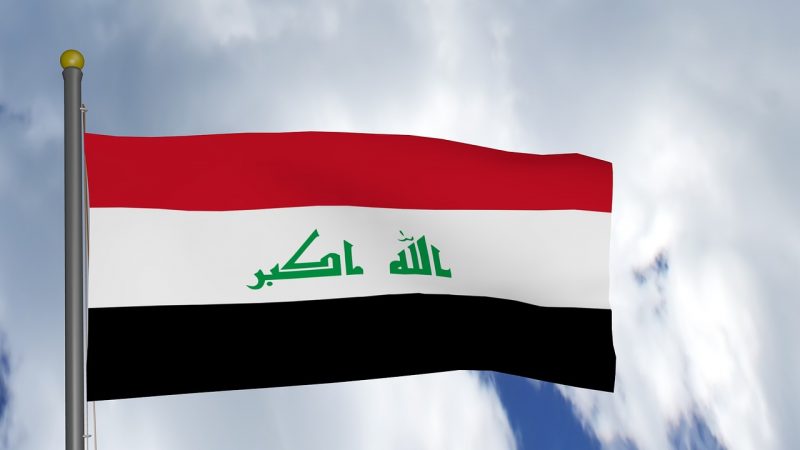
Needpix.com/ marselelia. https://www.needpix.com/photo/715083/iraq-iraqi-iraq-flag-nation-flag-national-asia-symbol-badge
This experience and multilevel nature of these proxy conflicts are essential for understanding what is happening in Iraq now. Knowing who the players are, what are the goals and undercurrents in this country and the entire region of the Middle East.
Immediately after the protests started the President of Iraq, Barham Salih, called for major reforms and talked about the necessity for new election laws that meant, in principle, another system of political participation for the governance of Iraq.
Prime minister Adel Abdul Mahdi resisted the demands from the street as well as pressure from his own ex-supporters. But on November 1st the President announced that Mahdi agreed to resign within the “constitutional context.” This means that according to Article 64 of the Constitution parliament must vote over the resignation of the Prime Minister. Afterwards, new elections should be organized within 60 days following the dissolution.
https://www.youtube.com/watch?v=otyURoJvb8k
Shia populist Muqtada al-Sadr, who is now the leader of the majority in the Iraqi parliament openly turned against Mahdi. Is it also interesting that the Grand Ayatollah Ali Sistani who was linked with Supreme leader of Iran also supports the protests. Iran has attempted to interfere but it seems that some other external powers play out better on the field of protest.
Actually, Adel Abdul Mahdi seems like a scapegoat and an easy victim for many sides. On the other hand he was a compromise figure for regional and global powers after the governments of al-Abadi and al-Maliki. Mahdi was in power for only one year and has had to deal with tons of baggage from his predecessors. Corruption, nepotism, sectarian divisions affected the social and political life of the country for decades. The Augean stables need to be cleaned and the demands of the people are largely accurate: the need for employment for young people, ensuring rights and freedoms, social protection and a more equitable distribution of profits from oil sales. But there is an old piece of wisdom – if you can’t stop the revolution it is better to lead it. Therefore, some powers are hijacking the popular uprising in Iraq for their own interests.
There are two actors who effectively work within and fund the protests. Saudi Arabia and the Emirates provided the money through their own emissaries in Iraq. The facts are true: if there is poverty and no job for the youth then where are the funds to distribute free food and drinks on al-Tahrir Square crowded with thousands of men and women?
We have not seen any direct influence from the US in the current conflict but it does not mean that Washington hasn’t conducted any cover operations there. American troops are still located in Iraq, including some additional forces after the withdrawal from Syria. Let’s remember that after the American invasion of Iraq in 2003, millions were killed and displaced. ISIS was also a kind of US creation because many of the terrorists were indoctrinated in US-controlled prisons. Plus, during the last war against ISIS that hasn’t finished yet, more than one million Iraqis were displaced again and the country hosts 250,000 Syrian refugees. As Minister of Finance, Fuad Hussein noted that Iraq needed $88 billion USD for reconstruction. Security in general was weakened and the rise of protests were possible because of this too.
We also need to pay attention to the fact that Washington has supported sectarian divisions in Iraq. Prime Minister Mahdi was described by the CFR as a moderate technocrat who was useful for American interests. But will the US protect him or provide any tools or a safe haven? Probably not. Just like it was in Egypt when President Mubarak was displaced and arrested. The Divide et Impera formula is very useful for the United States. They prefer to keep an eye on the protests now and to blame Iran for any failed results. On November 1st, the US State Department released its Reports on Terrorism. In it, they claim that Iran is the “World’s Worst State Sponsor Of Terrorism” and has spent nearly $1 billion dollars annually to “support terrorist groups that serve as its proxies and expand its malign influence across the globe.” Popular units formed mostly of Shia people are claimed by liberal international media for its destructive role to keep security in and around Baghdad. The direct influence of Iran on security forces in Iraq was also marked in the news of Western propaganda media. So, now we see how these messages dealing with the “threat of terrorism” manifested in Iraq under another label.
Anyway, support of reforms in Iraq is on the table for the US establishment. Then under the pretext of assistance, Washington will be able to influence important political decisions. The IMF and the World Bank are other tools of US policy that may be used as additional channels.
Territorial integrity is the question too. Now, the protests are mostly concentrated in Baghdad city. Iraqi Kurdistan is without any disturbances so far. The Kurds are looking at the current protests as results of fractures and tensions inside the Iraqi political system of previous years. Granted by autonomy and keeping control of some oil and gas fields as well as check points on internal borderlines between Arabic and Kurdish lands, Erbil has faced few threats and challenges. In the south of Iraq, the Shia majority also seems more moderate, at least in comparison to the sectarian middle of the country who constantly fight for their political benefits. But who knows how strikes will be developed?
Finally, we see certain links between Iraqi protests with events in Lebanon. The same democratic facade and moves against dysfunctional elements inside the government are being made, but hostile insiders like activists from the Serbian Otpor and assets of George Soros are on the field supporting the strategic interests of foreign actors. If the goal in Lebanon is very clear: to overthrow Hizbullah from power (which seems impossible) under the pretext of new elections and sanctions. Western targets in Iraq are far more blurred (except regarding Iran. We should keep in mind that any US, Saudi or Emirates moves in Iraq are also directed against Tehran).
In accordance with the current cooperation of Iraq with other countries such as China, Turkey and Russia, the consequences of the protests will affect bilateral trade with these countries too.





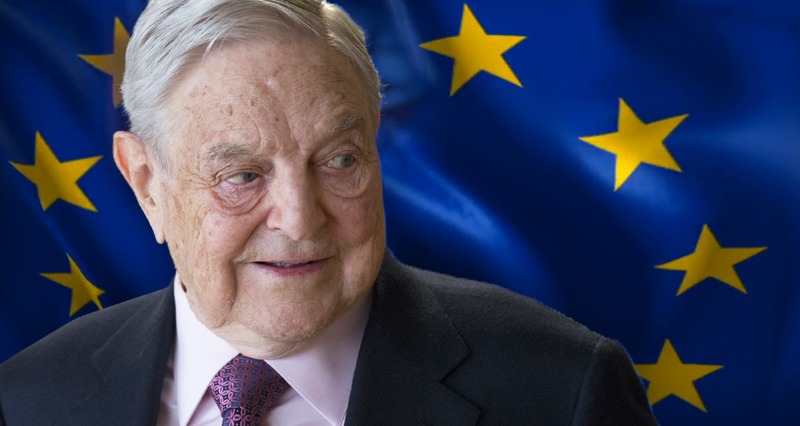


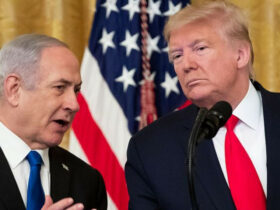
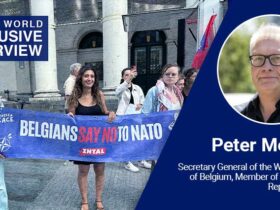
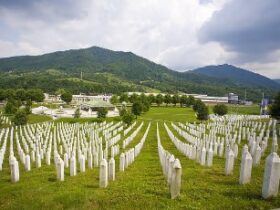
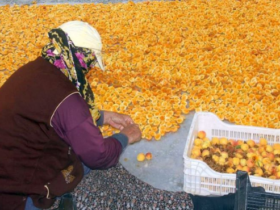
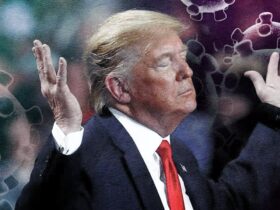
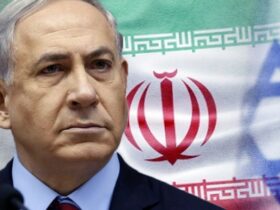
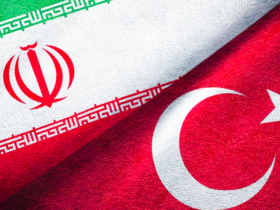
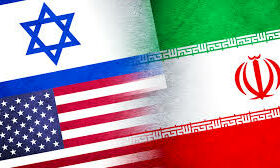

Leave a Reply